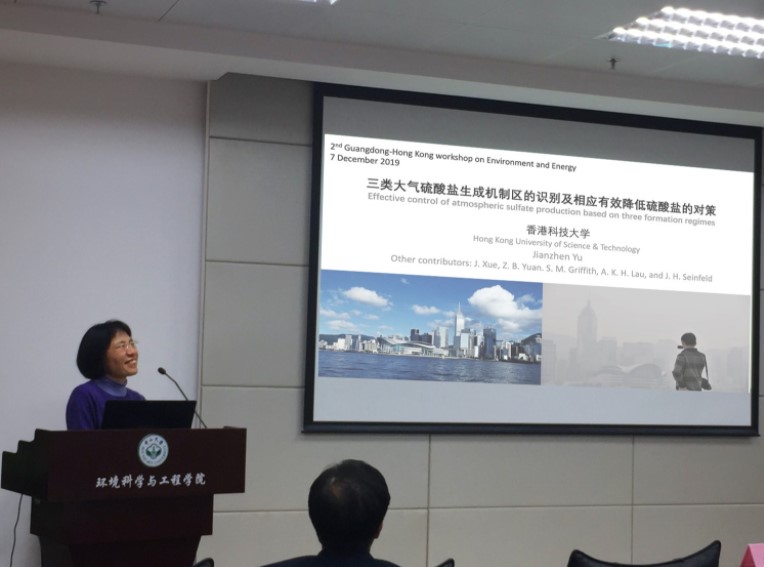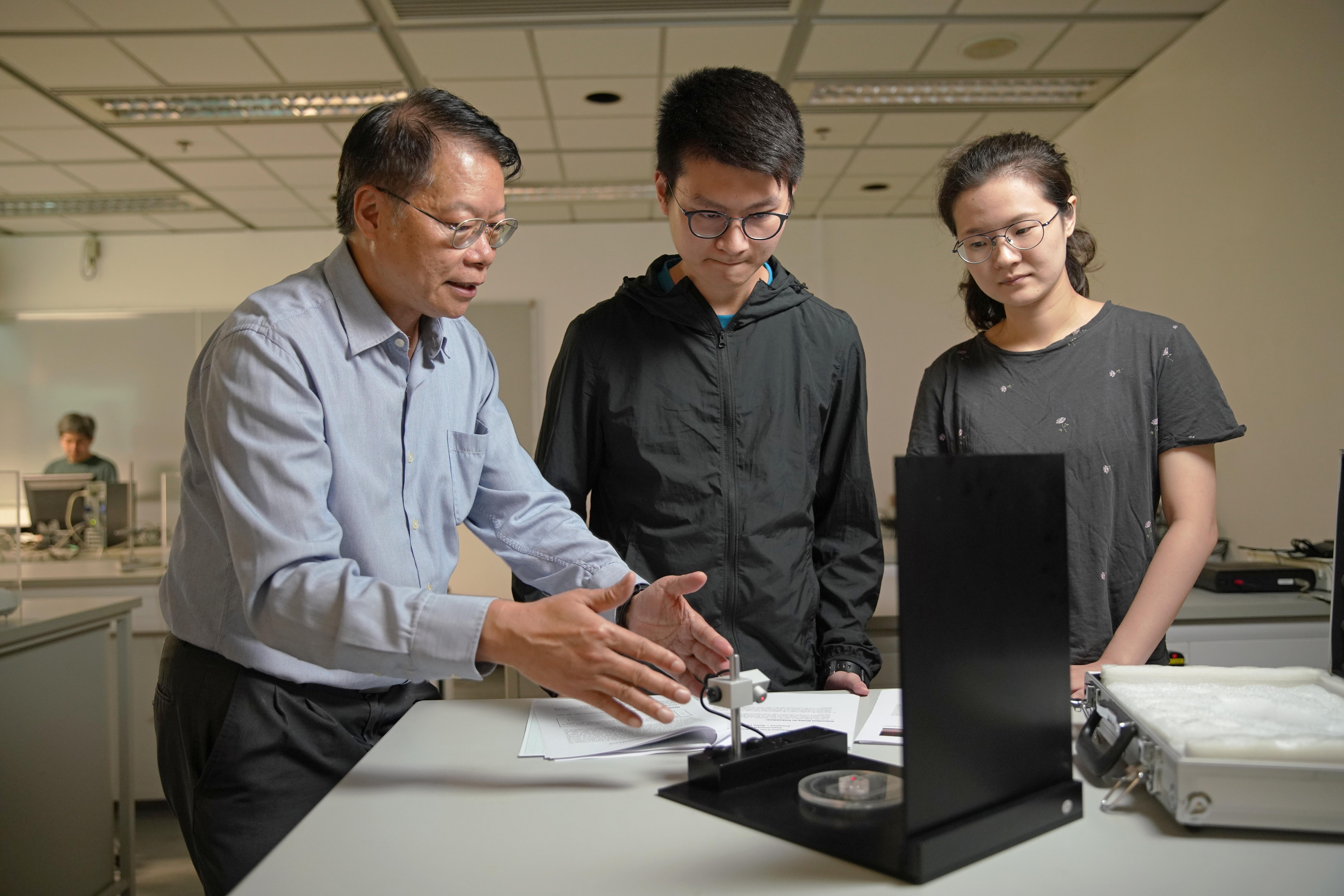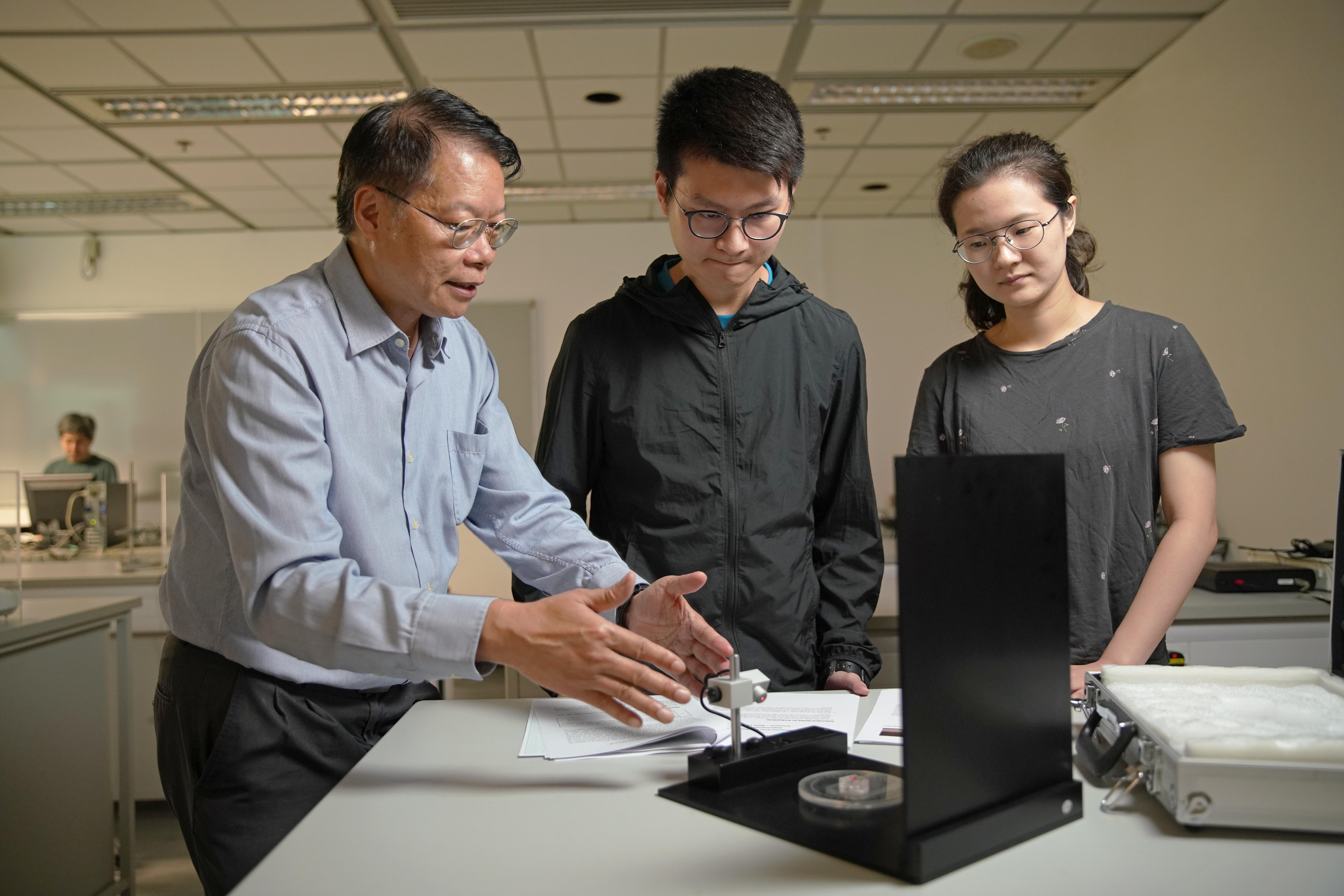A research team led by scientists from the Hong Kong University of Science and Technology (HKUST) unveiled a first-of-its-kind study of nitrogen oxides (NOx) and its role in the rise and fall of airborne sulfates in hazy air pollution, offering policymakers new insights into ways to tackle smoggy weather.
Dense, hazy fog episodes characterized by relatively high humidity, low visibility and extremely high PM2.5 have been a headache for many megacities including those in Mainland China. Among pollutants that are less than 2.5 microns in diameter (PM2.5), airborne sulfate is one of the most common components of hazy air pollution formed atmospherically via the oxidation of sulphur dioxide (SO2). Read More...
Prof. YU Jianzhen presents her latest research finding in an academic conference.
Scientific Breakthroughs & Discoveries




